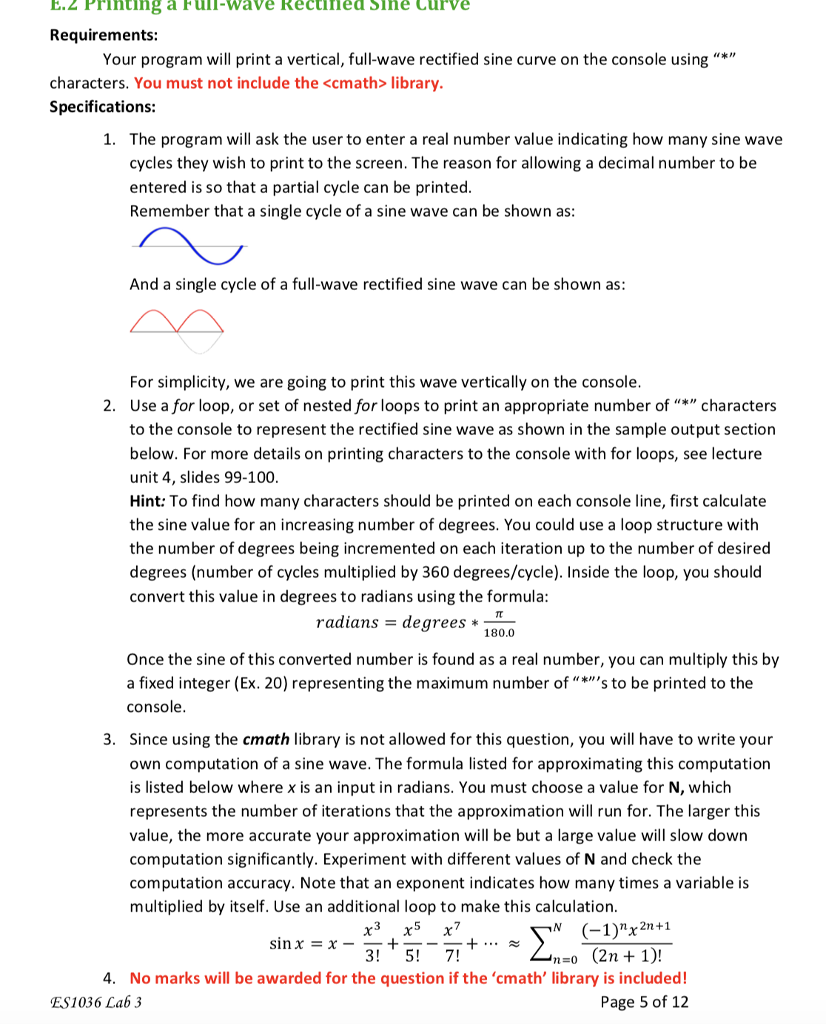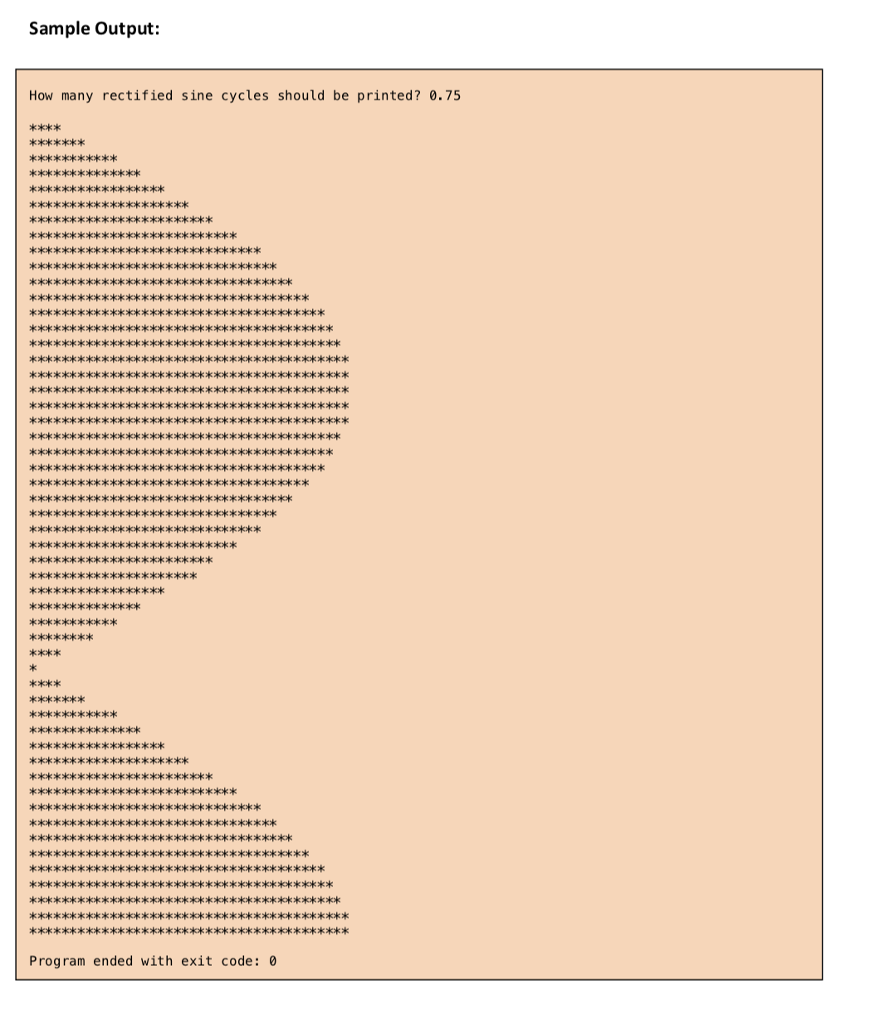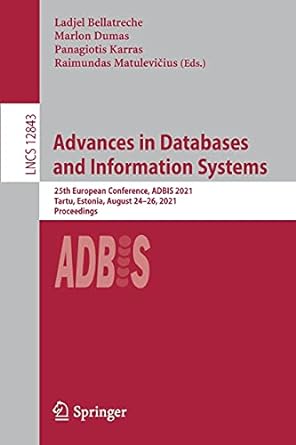Answered step by step
Verified Expert Solution
Question
1 Approved Answer
Please write down C++ code E.2 Printing a Full-wave Reciied Sine Curve Requirements Your program will print a vertical, full-wave rectified sine curve on the


Please write down C++ code
E.2 Printing a Full-wave Reciied Sine Curve Requirements Your program will print a vertical, full-wave rectified sine curve on the console using *" characters. You must not include theStep by Step Solution
There are 3 Steps involved in it
Step: 1

Get Instant Access to Expert-Tailored Solutions
See step-by-step solutions with expert insights and AI powered tools for academic success
Step: 2

Step: 3

Ace Your Homework with AI
Get the answers you need in no time with our AI-driven, step-by-step assistance
Get Started


